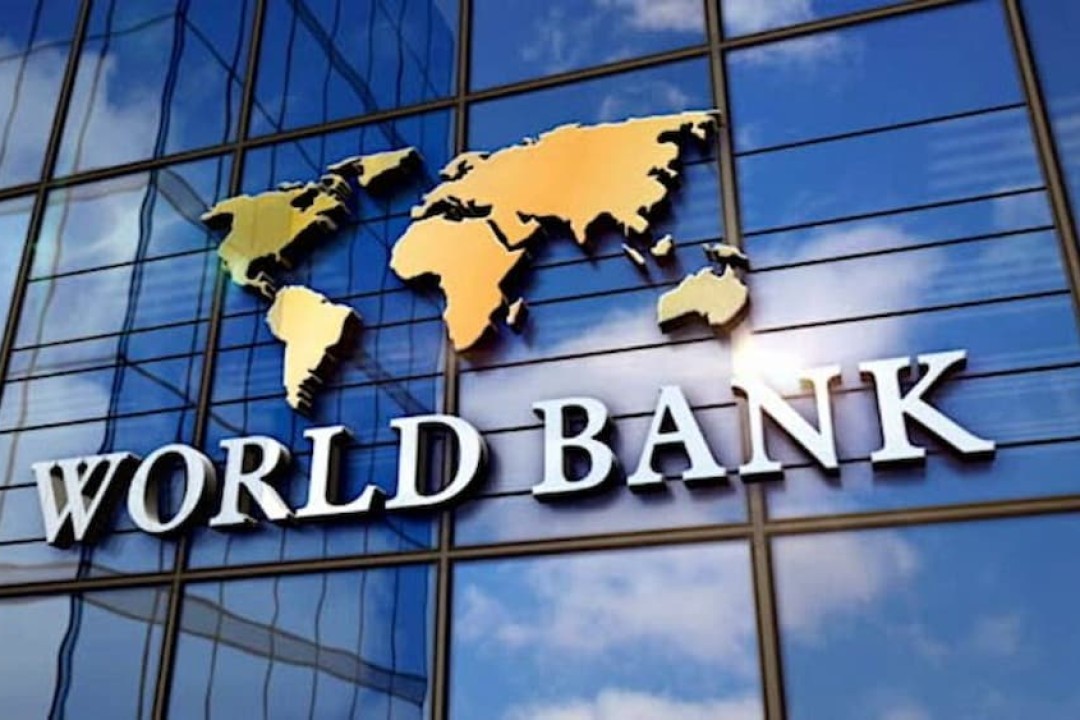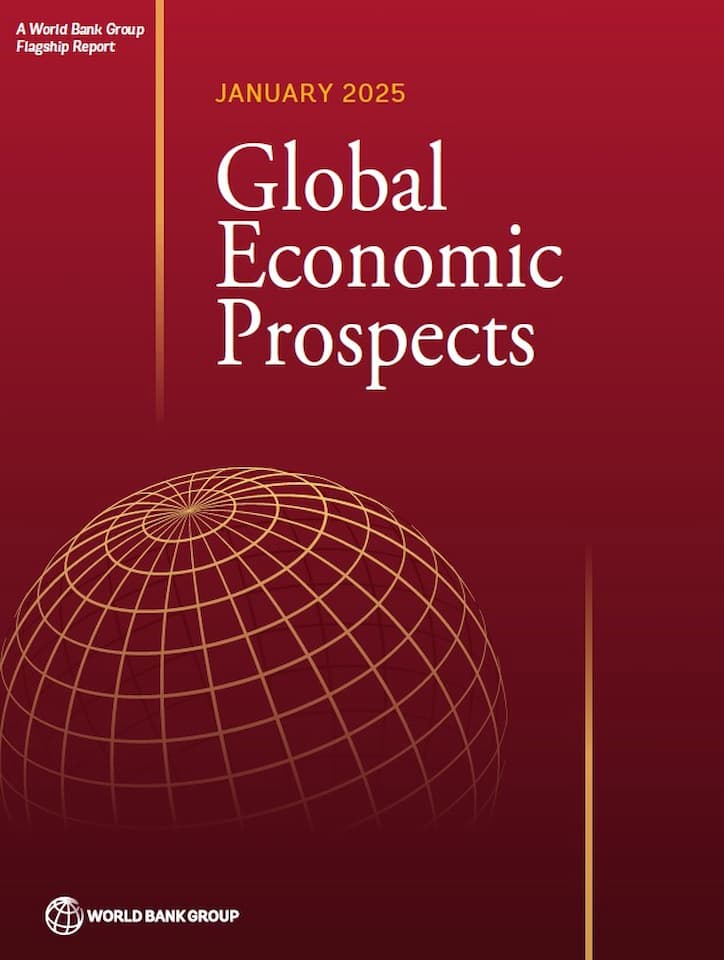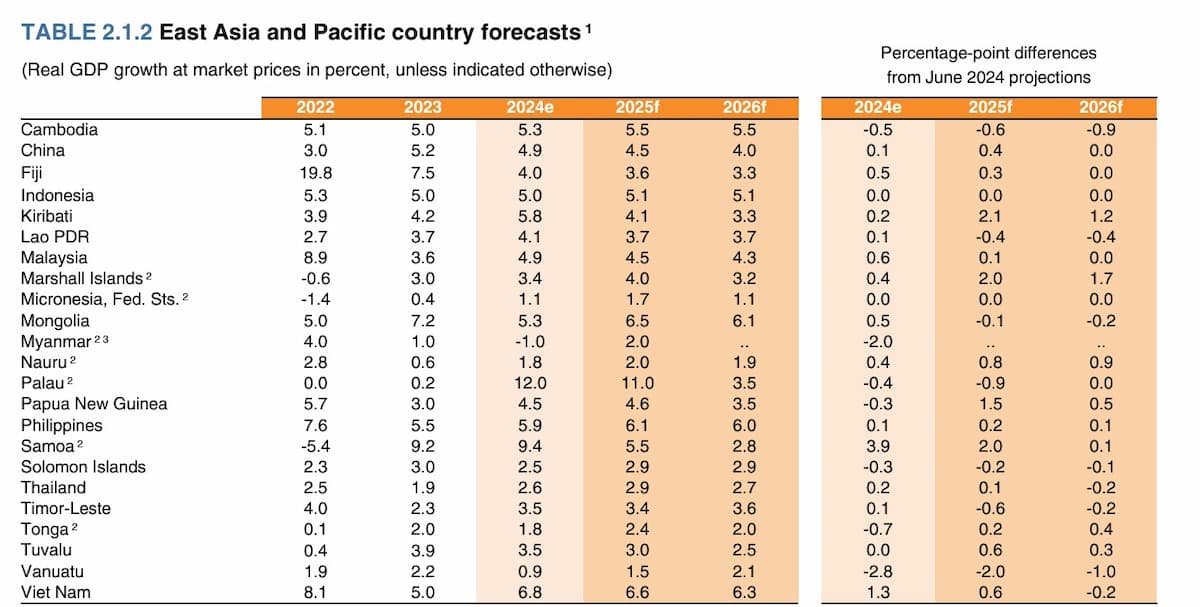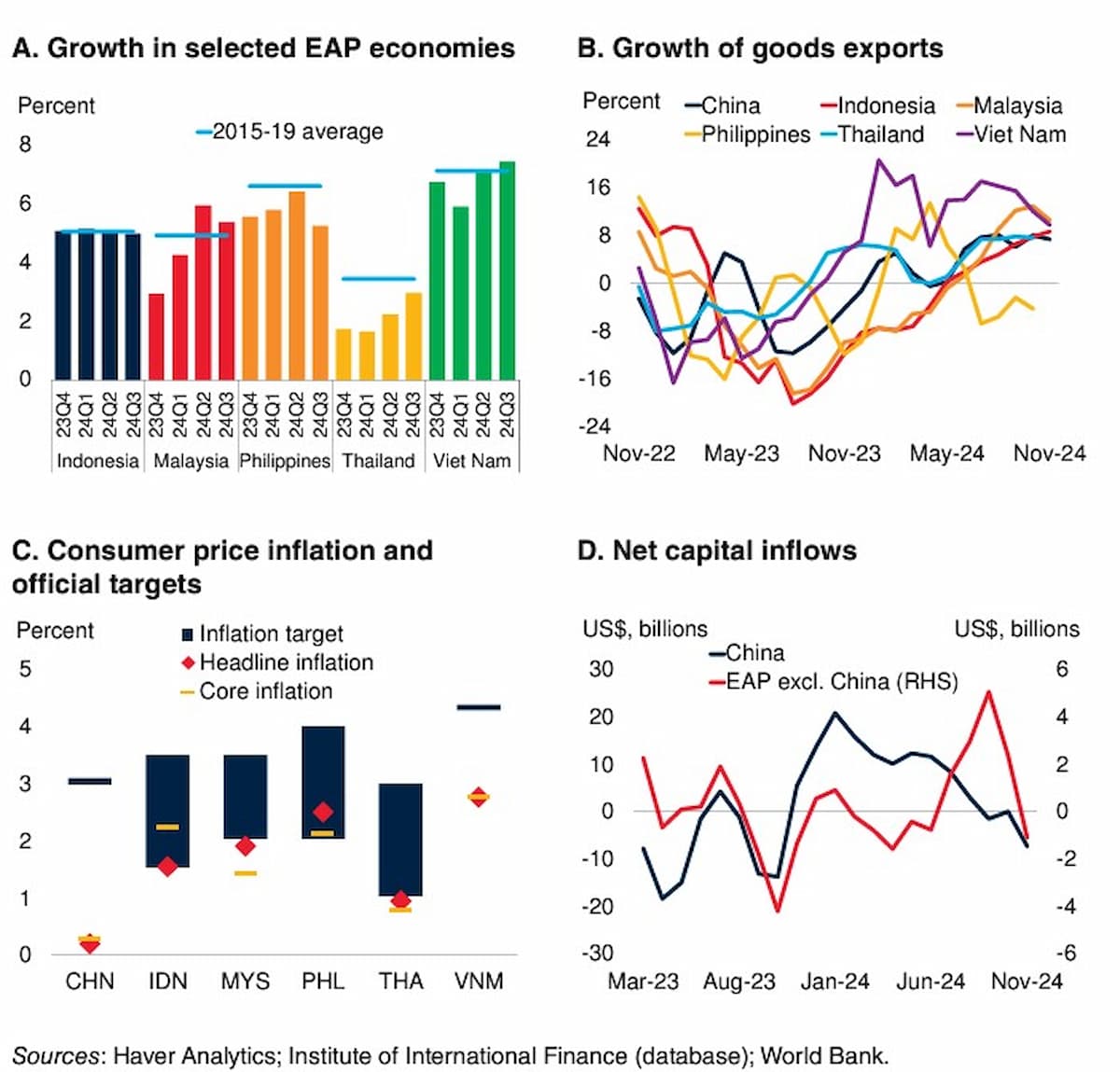World Bank's January 2025 Global Economic Prospects Report Warns Of Challenges Ahead – Forecasts Cambodian GDP Growth Of 5.5 Per Cent In 2025 And 2026

In the World Bank's January 2025 Global Economic Prospects report, global growth is expected to hold steady at 2.7 per cent in 2025-26 but they have forecast Cambodia’s GDP growth at 5.5 per cent in 2025 and 2026.
Cambodia is seen as being among the fastest-growing emerging markets and developing economies in East Asia and the forecasts predict it having higher GDP growth than Indonesia, Malaysia, Laos, Thailand, and Myanmar bt lags behind Vietnam, the Philippines and Mongolia.
The press release for the report added that “Developing economies - which fuel 60 per cent of global growth - are projected to finish the first quarter of the 21st century with the weakest long-term growth outlook since 2000, according to the World Bank’s latest Global Economic Prospects report.”
World Bank Deputy Chief Economist M. Ayhan Kose added, “Developing economies will need bold and far-reaching policies to seize untapped opportunities for cross-border cooperation…A good start would be to pursue strategic trade and investment partnerships with the rapidly expanding markets of other developing nations."
World Bank also released its Cambodia Economic Update: From Recovery to Resilience: Harnessing Tourism and Trade as Drivers of Growth in December 2024 in which it already made the 5.5 per cent forecast and called for increased diversification of trade and improved productivity.

What Has World Bank Indicated For Cambodia's Economic Growth 2025-2026
The World Bank had previously anticipated growth of 6.1 per cent in 2025 and 6.4 per cent in 2026 for Cambodia, but their latest Global Economic Prospects report released in January 2025 forecasts Cambodia’s GDP growth at 5.5 per cent in 2025 and 2026.
The report added that fiscal policy is set to exert a more mixed impact on activity in certain countries and East Asia and the Pacific (EAP) economies, including Cambodia, Malaysia, and Viet Nam, where modest fiscal consolidation is anticipated, partly supported by buoyant revenues.
Growth in EAP is projected to slow to 4.6 per cent in 2025 and 4.1 per cent in 2026 predicts World Bank.
Asian Forecast GDP Growth - World Bank 2025-2026
- Vietnam - 6.6 per cent 2025 and 6.1 per cent 2026
- Mongolia - 6.5 per cent 2025 6.1 per cent 2026
- Philippines - 6.1 per cent 2025 and 6.0 per cent 2026
- Cambodia - 5.5 per cent 2025 and 2026
- Indonesia - 5.1 per cent 2025 and 2026
- Malaysia - 4.5 per cent 2025 and 4.3 per cent 2026
- China - 4.5 per cent 2025 and 4.0 per cent 2026
- Laos - 3.7 per cent 2025 and 2026
- Thailand - 2.9 per cent 2025 and 2.7 per cent 2026
- Myanmar - 2.0 per cent 2025 and no forecast for 2026
The headwinds mentioned by the World Bank are potential adverse global policy shifts and weaker-than-expected growth in China. There is also increased uncertainty about global trade policies.
In the forward to the World Bank's January 2025 Global Economic Prospects report, Indermit Gill (Senior Vice President and Chief Economist The World Bank Group) wrote. "Our analysis indicates that a 1 per cent increase in GDP growth in the three biggest developing economies—China, India, and Brazil—boosts GDP in other developing economies by nearly 2 per cent in all after three years.
Of developing nations, Gill added, “With the right policies, some challenges can be turned into opportunities. Given their tighter trade links with one another, developing economies can reap significant rewards by accelerating reforms to attract investment and deepen trade and investment ties with these economies. They can also accelerate growth by modernising infrastructure, improving human capital, and speeding up the climate transition.

Expected GDP Growth in Cambodia 2025-2026
The Cambodian government suggested Cambodia reached approximately 5.3 per cent GDP growth in 2024 and foresees optimistic growth projections, forecasting an economic growth rate of approximately 6.3 per cent in 2025 according to the Budget in Brief report for the Fiscal Year 2025 released by the Ministry of Economy and Finance (MEF) in January 2025.
The Cambodian authority's forecasts include:
- Gross Domestic Product (GDP) is expected to reach approximately US $51.39 billion in 2025
- GDP per capita is anticipated to reach US $2,924 in 2025
- The annual inflation rate is projected to be around 2.5 per cent by 2025
- The Cambodia Industrial sector is projected to grow 8.6 per cent in 2025
- The Services sector is projected to grow by 5.6 per cent in 2025
- The Agricultural sector is projected to grow by 1.1 per cent in 2025

World Bank Supporting Cambodian Education
The December 2024 World Bank report for Cambodia stressed that one of the key top priorities was increasing learning outcomes in the Kingdom and that this was "crucial to address skills shortages, develop a “future-ready” workforce and drive Cambodia’s productivity growth.
In May 2024, the World Bank approved US $79.5 million in funding to enhance education quality and access in Cambodia. World Bank has also approved US $80 million in financing to support Cambodia in enhancing the quality of higher education, particularly in the fields of science, technology, engineering, and mathematics (STEM) in September 2024.
The funding was made available via the International Development Association (IDA), which is the World Bank’s concessional lending arm for low-income countries (least developed country - LDC) status for which Cambodia still qualifies until it exits the low-income threshold which the Cambodian government has targeted to leave by 2029.
The January 2025 World Bank report added, “Emerging market and developing economies are set to enter the second quarter of the 21st century with per capita incomes on a trajectory that implies feeble catch-up toward those of advanced economies. Most low-income countries are not on course to graduate to middle-income status by 2050.”